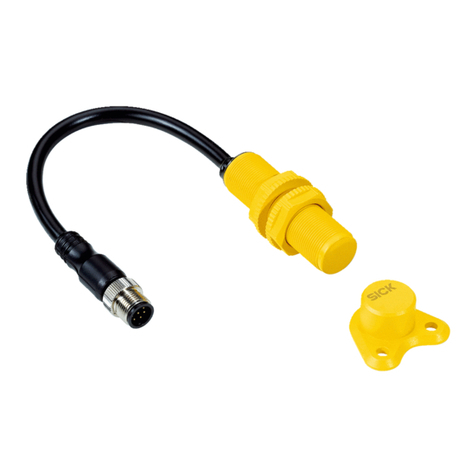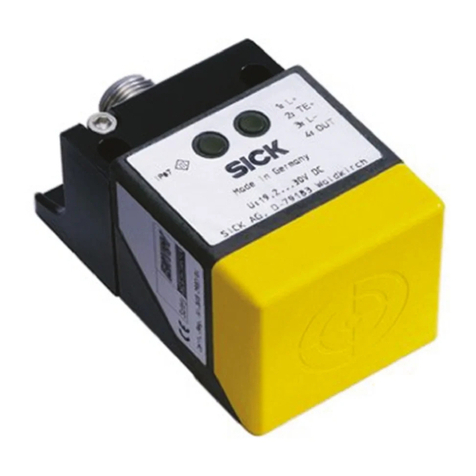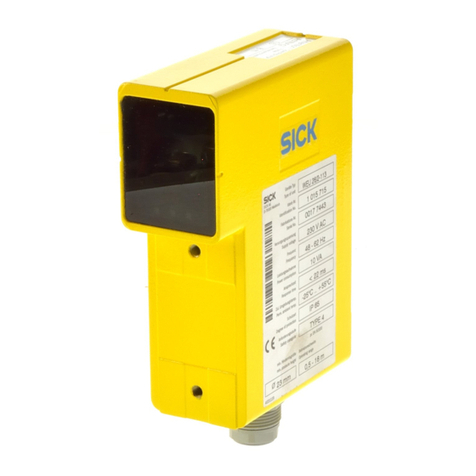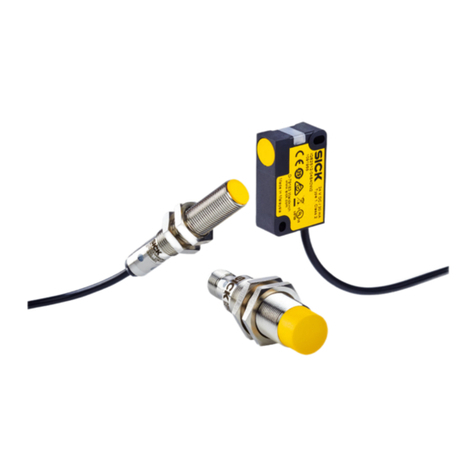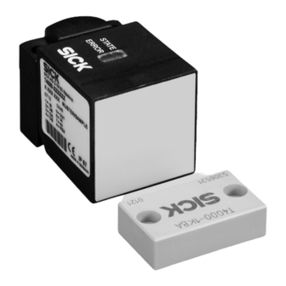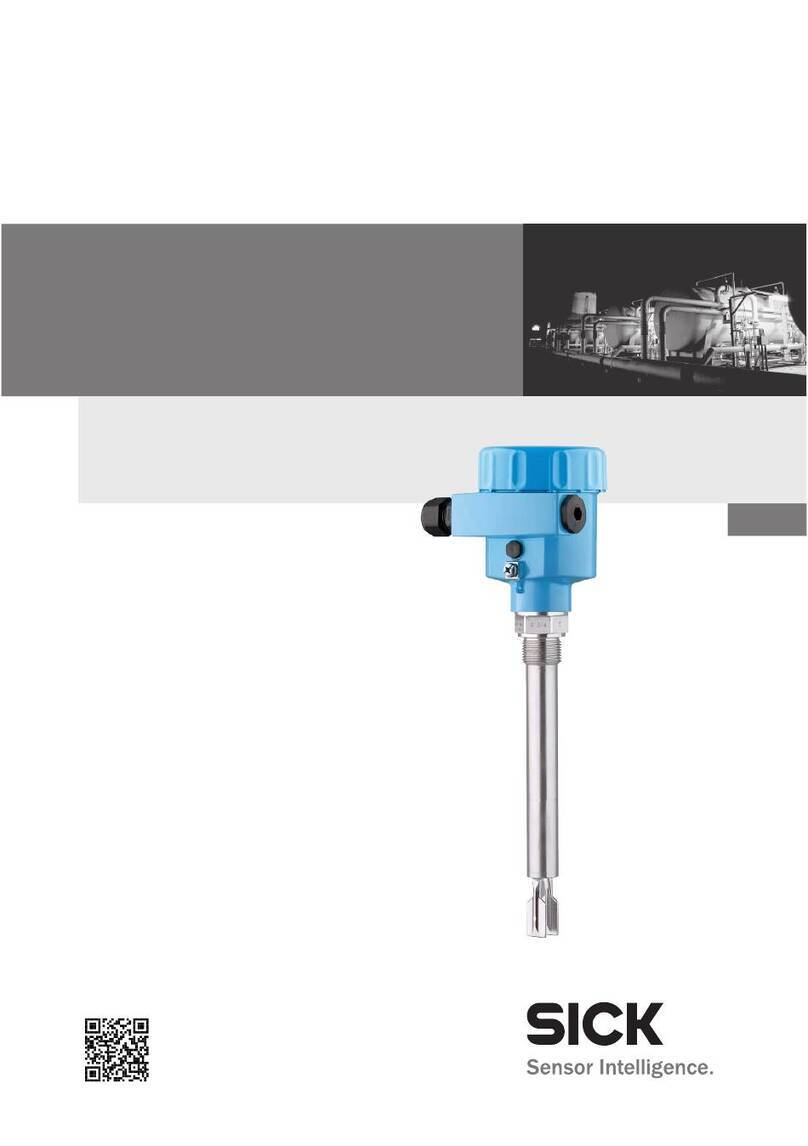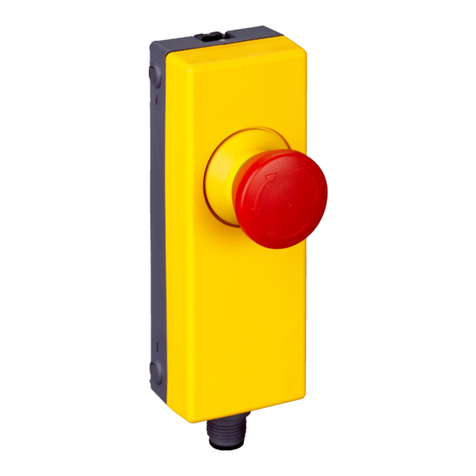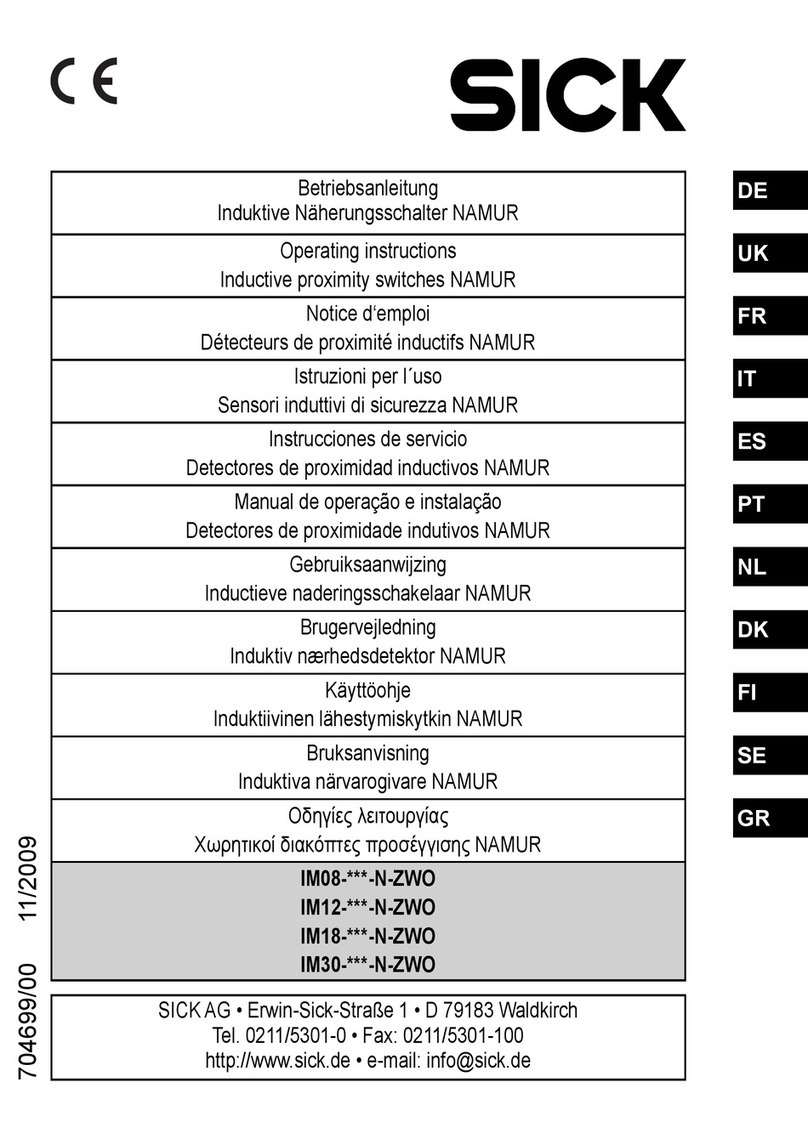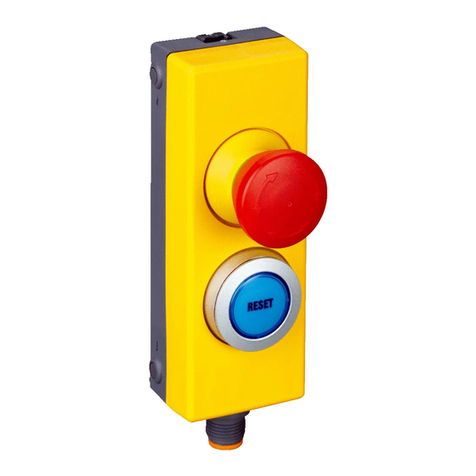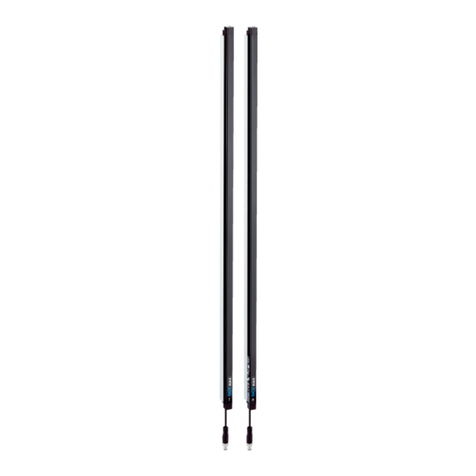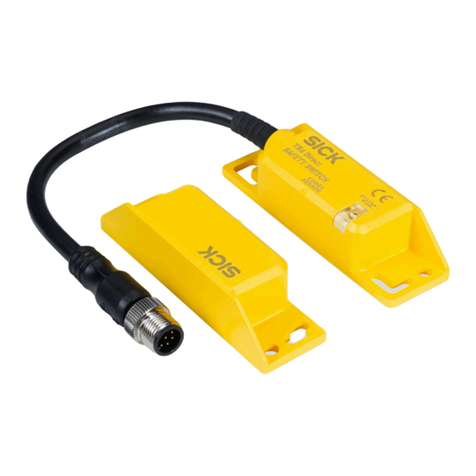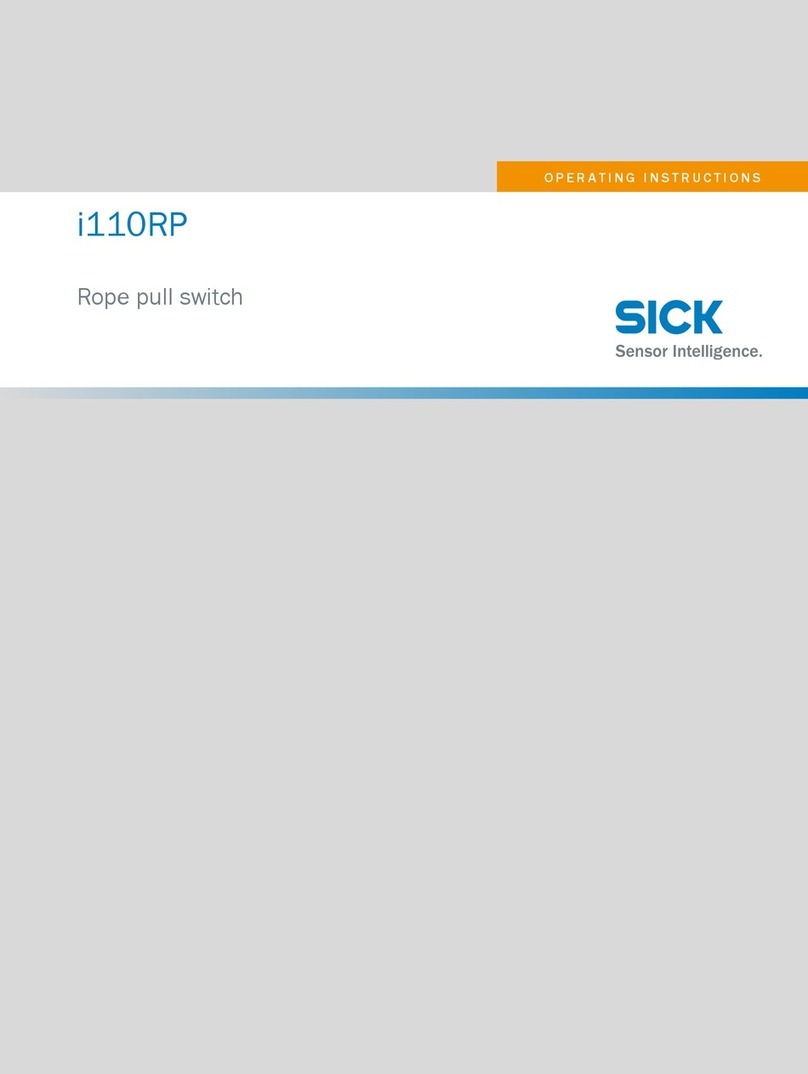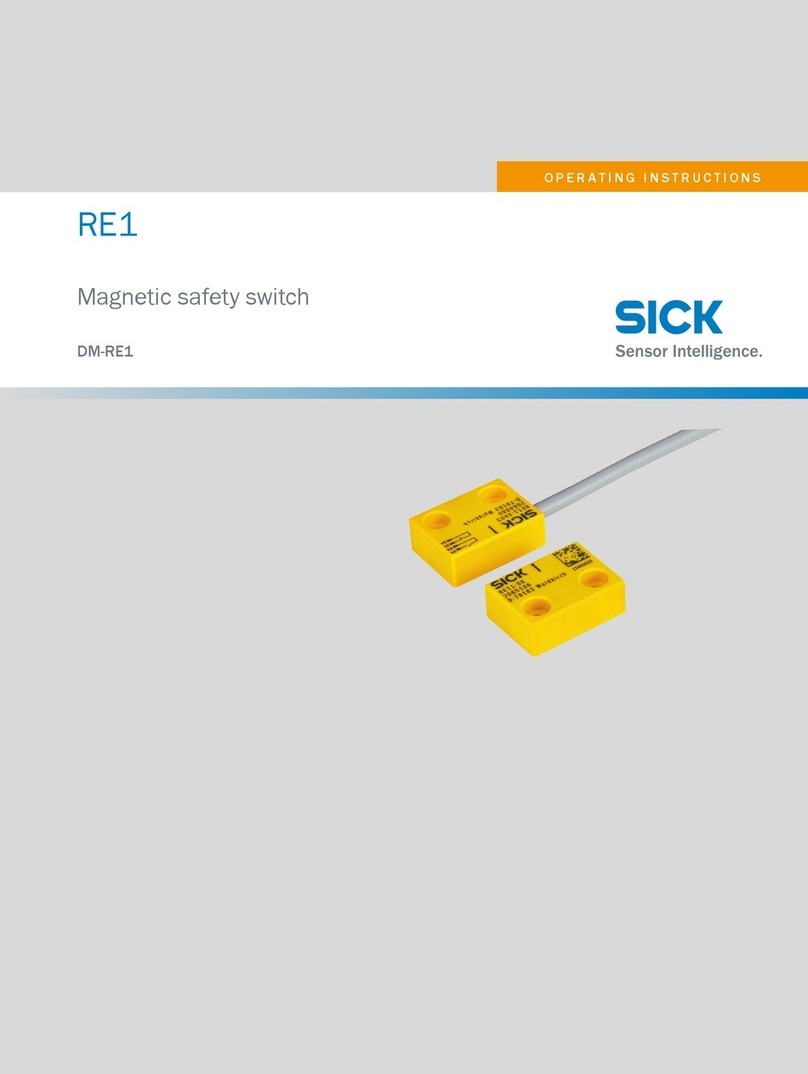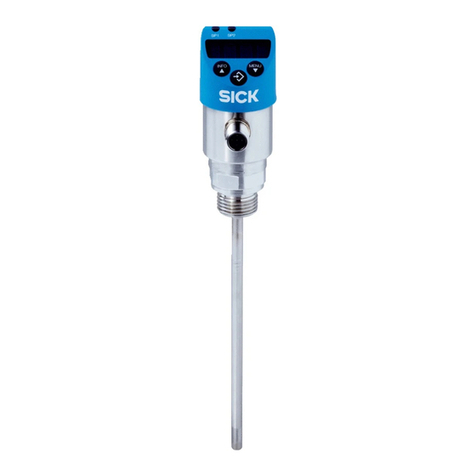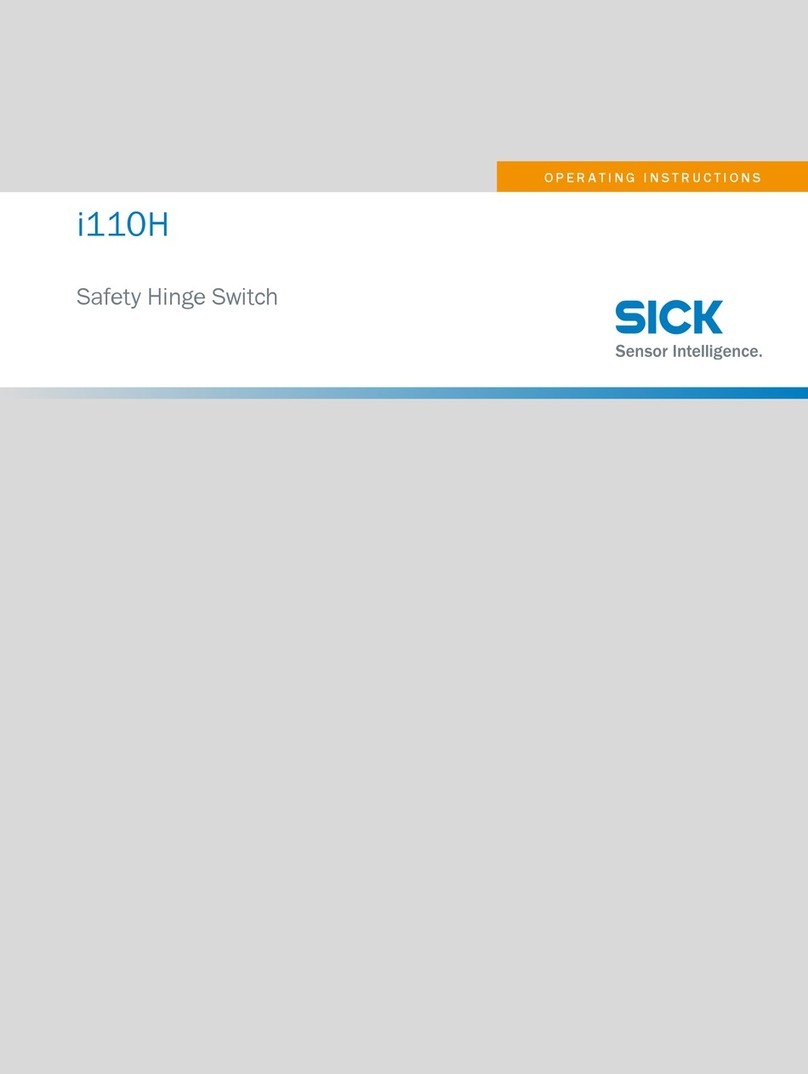
Contents
1 About this document........................................................................ 5
1.1 Purpose of this document........................................................................ 5
1.2 Target group.............................................................................................. 5
1.3 Information depth..................................................................................... 5
1.4 Scope......................................................................................................... 5
1.5 Symbols and document conventions...................................................... 6
2 On safety............................................................................................. 7
2.1 Qualified safety personnel....................................................................... 7
2.2 Applications of the safety switches......................................................... 7
2.3 Intended use............................................................................................. 8
2.4 Reasonably foreseeable misuse.............................................................. 8
2.5 General safety notes and protective measures...................................... 8
3 Product description........................................................................... 10
3.1 IN4000 Direct Series safety switches..................................................... 10
3.2 Features and principle of operation........................................................ 10
3.3 Enable zone and assured switch-off distance........................................ 10
3.4 LED indicators........................................................................................... 11
3.4.1 Displays in operating mode..................................................... 11
3.4.2 Displays in adjustment mode................................................. 12
3.5 Signal behavior......................................................................................... 12
3.6 Manipulation prevention.......................................................................... 13
4 Mounting............................................................................................. 14
4.1 Mounting the safety switch...................................................................... 14
5 Connection and adjustment............................................................ 17
5.1 Electrical connection................................................................................ 17
5.2 Adjustment................................................................................................ 17
5.3 Connecting cables.................................................................................... 18
5.3.1 Requirements for the connecting cables............................... 18
5.3.2 Maximum length of cable........................................................ 18
5.3.3 Determining the cable length - case study............................. 19
6 Commissioning and operation........................................................ 20
6.1 Checks before initial commissioning....................................................... 20
6.1.1 Checking the start function..................................................... 20
6.2 Periodic technical inspections................................................................. 20
6.2.1 Daily check............................................................................... 20
6.2.2 Inspections by qualified safety personnel.............................. 20
7 Troubleshooting................................................................................. 21
7.1 Safety......................................................................................................... 21
7.2 Troubleshooting........................................................................................ 21
CONTENTS
8027271/1CZ5/2022-10-24 | SICK O P E R A T I N G I N S T R U C T I O N S | IN4000 Direct 3
Subject to change without notice
